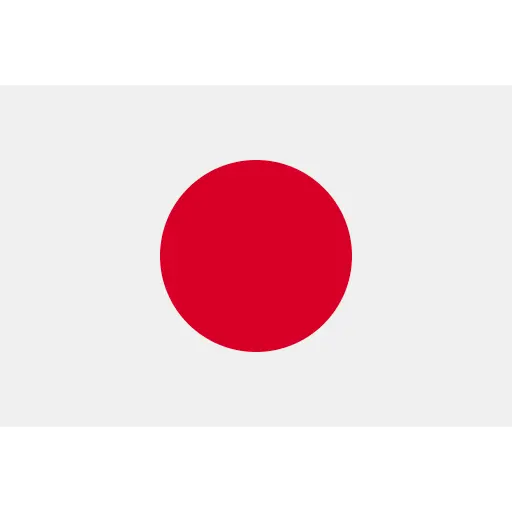How to set a traditional Japanese table
Setting a traditional Japanese table is about more than just aesthetics – it's about respecting the food, those you're eating with, and Japanese eating habits. Here's a guide on how to recreate the authentic Japanese table setting at home.
1. The basic elements of table setting
In Japan, people often eat several small dishes at once, and each element has its own fixed place on the table:
-
Rice bowl (gohan-chawan): Placed on the left in front of the guest.
-
Soup bowl (shiru-wan): Stands to the right of the rice bowl.
-
Main course and side dishes: Serve on small plates or bowls in the middle or slightly behind the rice and soup.
-
Chopsticks (hashi): Place in front of the plates on a chopstick holder (hashi-oki), with the tip pointing to the left.
-
Soy bowl : If sushi or sashimi is served, a small soy bowl is placed next to the plate.
2. Services and materials
Japanese tableware is often made of ceramic, porcelain, wood, or lacquered bamboo. Bowls and plates often have different colors and textures that visually complement the food.
3. Rules of etiquette
Table etiquette is important in Japan. Here are some basic rules:
-
Always use both hands when lifting a bowl to eat directly from it.
-
Never place chopsticks directly into a bowl of rice, as it is reminiscent of a funeral ceremony.
-
Never share food from chopsticks to chopsticks – use a serving spoon or flip the chopsticks.
-
Say "itadakimasu" (thank you for the food) before you start eating, and "gochisousama deshita" (thank you for the meal) when you are finished.
4. Create atmosphere with simple details
To create the right Japanese atmosphere, you can add small details:
-
Use a table runner or tablecloth made from natural materials such as bamboo or linen.
-
Place a small bonsai, ikebana flowers or ceramic figurine as decoration.
-
Use dim lighting for a cozy and relaxed atmosphere.


















